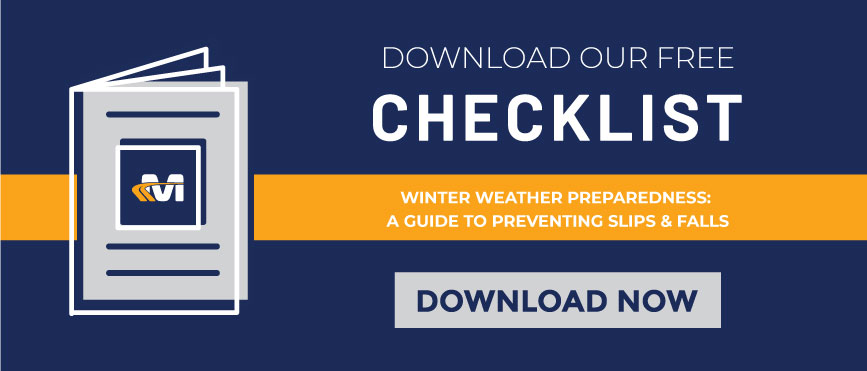Is your business prepared for the Winter?
The winter may conjure comfort with imagery of falling snow, sitting by a fire, hitting the slopes and the holidays. Still, the cold, hard truth is that the business impact of winter weather is anything but idyllic.
The economic impact of a simple snowstorm can cost your business. In this article, we will explore how winter weather impacts business, what businesses can do to prepare for and react to inclement weather effectively, and employee communication best practices for ensuring safety, productivity, and business continuity all winter long.
How Winter Threatens Your Business
Winter weather poses a significant threat to employee safety. The threat begins on their way to work. Each year, nearly 1,300 people are killed in vehicle crashes due to winter weather conditions.
The risks presented by winter weather extend beyond driving. On-ice slip and fall injuries and seasonal illnesses affect nearly all businesses. These threats can reduce productivity, lower staff morale, and disrupt business workflows.
The indirect effects of winter weather are also a factor. These factors include school delays and closings, postponement of meetings, and disruption of normal business operations. When employees’ attention is taken away from the organization and shifted to the pressing needs of the day, employee engagement and productivity take a hit.
Preparing your business for Winter weather
In Maine, we are all aware of the inherent risks associated with winter weather, and we can plan for, mitigate and even eliminate the risks our employees and businesses encounter.
Step 1: Assess your risks
Below is a list of some of the potential winter weather hazards your employees and business will face:
- Unsafe driving conditions
- Slip and fall on ice injuries
- Season illnesses
- Frostbite
- Power outages
- School delays and closures
- Structural stress and damage to buildings
The company should focus on forming an action plan and communicating with employees regarding each risk.
Step 2: Who is responsible?
- Preparation is key. The time to figure out who is responsible is not in the midst or after the fact. Answering the questions below before a winter weather event will keep your business ahead of the “storm.”
- Who needs to ensure the parking lot is safe and drivable?
- Who will track winter weather activity and communicate winter weather-related information to employees?
- Assemble a “Winter Weather Preparedness team" involving all departments and clearly outline roles and responsibilities
- As an employer, you are responsible for all your employees' health and safety. Your company is responsible for ensuring all necessary safety precautions, even if a third party takes these preventive measures.
- Before the winter weather hits, we recommend:
- Reviewing all your contracts with vendors
- Insurance providers
- Property managers
- Landlords
This type of preparedness will help eliminate confusion and in-action when it matters most.
Step 3: Execution of your plan
Now that you have identified the risk factors and established who is responsible for the execution, a specific plan for each team member must be created to help keep everyone on the same page.
MIMVA has developed a checklist of things you and others must do before, during and after each winter weather event. This type of preparedness will help you identify and obtain any tools or materials needed to keep your employees and customers safe.

Don’t let winter weather wreck your bottom line
Proper preparation and communication can prevent winter weather from putting your business on ice.